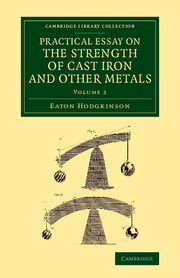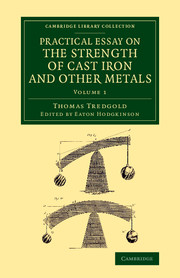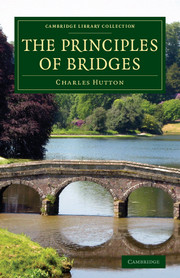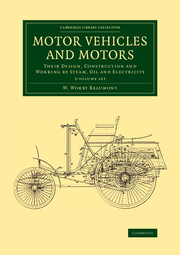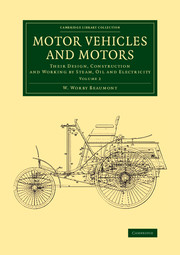Practical Essay on the Strength of Cast Iron and Other Metals
Although cast iron was used in pagoda construction in ancient China, it was in Britain in the eighteenth century that new methods allowed for its production in quantities that enabled widespread use. An engineer who had educated himself tirelessly in technical subjects from carpentry to architecture, Thomas Tredgold (1788–1829) first published this work in 1822. It served as a standard textbook for British engineers in the early nineteenth century, and several translations extended its influence on the continent. Reissued here in the fourth edition of 1842, edited and annotated by the structural engineer Eaton Hodgkinson (1789–1861), who presents his own research in the second volume, this work addresses both practical and mathematical questions in assessing metallic strength. In Volume 2, benefiting from twenty years of progress since Tredgold's original publication, Hodgkinson provides details of his own advanced experiments.
Product details
May 2014Paperback
9781108070355
216 pages
216 × 140 × 13 mm
0.28kg
5 b/w illus.
Available
Table of Contents
- 1. Introduction
- 2. Tensile strength of cast iron
- 3. Strength of cast iron and other materials to resist compression
- 4. Resistance of short masses to a crushing force
- 5. Strength of long pillars
- 6. Strength of short flexible pillars
- 7. Comparative strength of long similar pillars
- 8. On the strength of pillars of various forms
- 9. Comparative strengths of long pillars of cast iron, wrought iron, steel, and timber
- 10. Power of pillars to sustain long-continued pressure
- 11. Euler's theory of the strength of pillars
- 12. Results of experiments on the resistance of solid uniform cylinders of cast iron to a force of compression
- 13. Transverse strength
- 14. Long-continued pressure on bars or beams.

